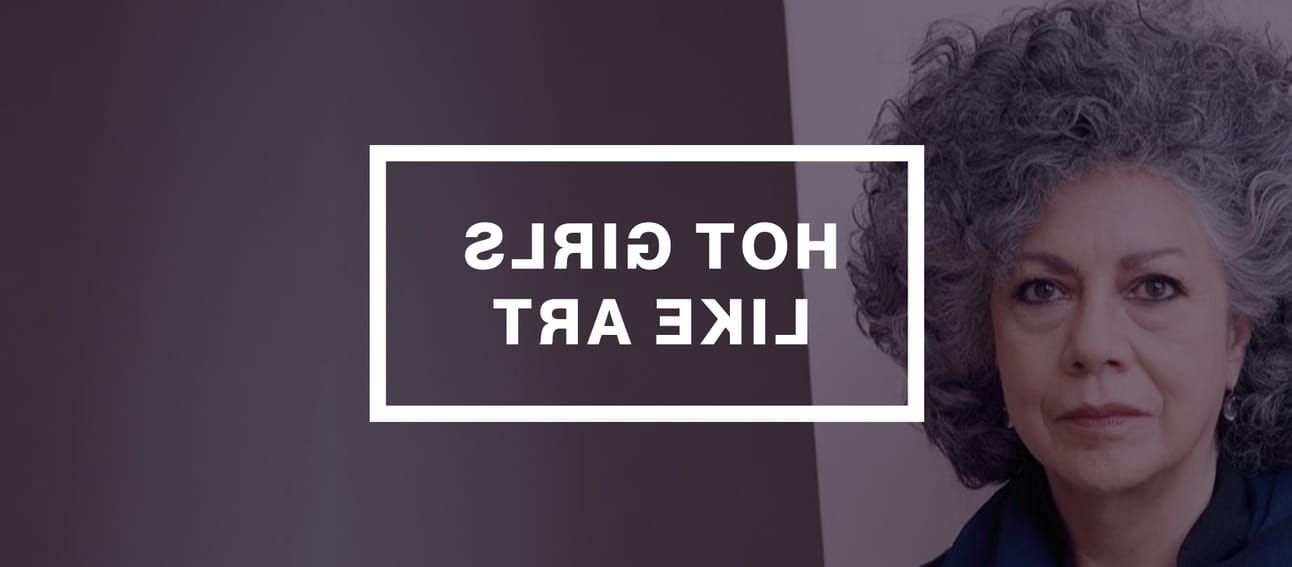The cracks let the light in
Cracks
They form where we don’t expect,
As we look into them, we fill with fear
But what if they’re the answer to all our problems…

We live in a world that hides the cracks, especially from those powerful enough to create them. That’s the architecture of control. Never let those who command the system see where it’s breaking.
What’s f…
Keep reading with a 7-day free trial
Subscribe to Hot Girls Like Art to keep reading this post and get 7 days of free access to the full post archives.


